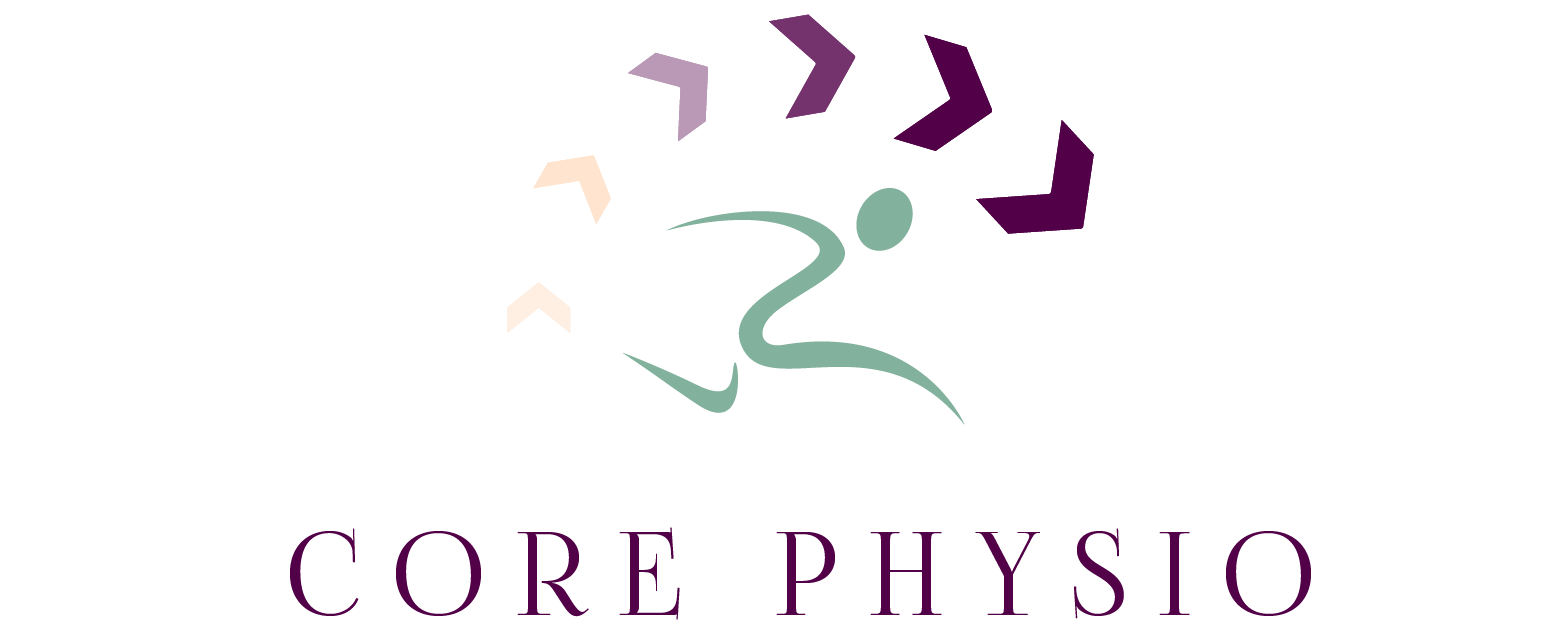What is Temporomandibular Joint Dysfunction (TMD) ?
Temporomandibular Joint Dysfunction (TMD) describes the problems that may occur at the temporomandibular joint (TMJ). This joint is where your jaw bone attaches to the skull. It is a complex joint that has to slide forward and drop down in order for your jaw to open. It moves thousands of times a day with talking, eating and any time you move your jaw. The joint has a disc or fluid filled sac within it and has many ligaments and muscles that coordinate movements

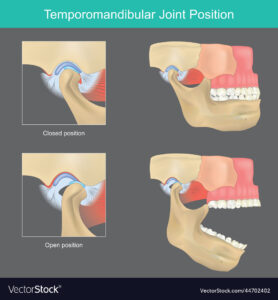
The TMJ relies heavily on proper posture and alignment to function well. The posture and positioning of the neck and head play a large role in the pulls of muscles on the TMJ. Abnormal muscle pulls can lead to altered movement of the TMJ and thus pain.

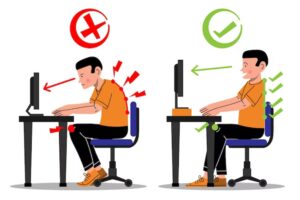
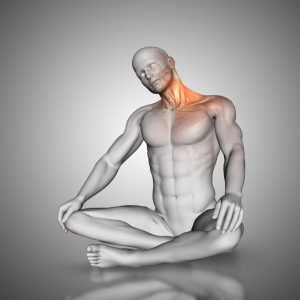
TMJ disorder can also commonly occur due to Bruxism, a condition where you grind your teeth against each other in sleep.
How physical therapy can help you
Physical therapy helps TMJ suffers in a number of ways. Before physical therapy, it is important to visit your dentist and rule out any dental cause of pain. If the cause of pain is Bruxism, the dentist will advise you to wear a night guard for your teeth. This in itself can help you with the pain reduction, if not then please visit a physiotherapist.

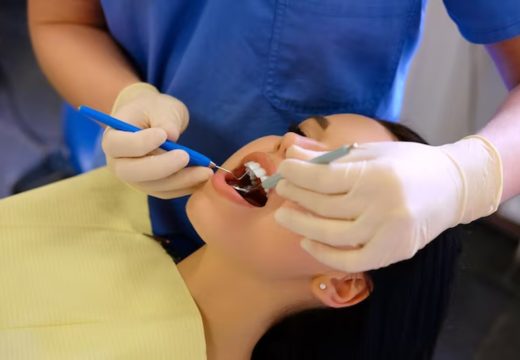

Our therapists work with you to determine the exact mechanisms of your TMJ and where you have poor alignment of the TMJ, neck and head. By improving posture, movement and function, the normal muscle balance and movement of the TMJ can be restored. Techniques like mobilization, Myofascial release and Pain management can help to do so. Call us today to discover how we can help relieve your pain quickly.

